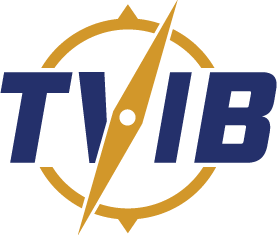 SAVE THE DATE
SAVE THE DATE
May 29th, 2024 – 1:00 PM – 5:00 PM
- Spring Info Session
- Annual Membership Meeting
- Spring Board Meeting
May 31st, 2024 at 1:00 PM
Join us along with our partners The Waterways Journal and Seamen’s Church Institute (SCI) as we recognize George Foster as the inaugural recipient of the Mike Rushing Legacy Service Award. We’ll celebrate the many ways in George exemplifies the qualities matching the three core elements of the award:
- Community Service
- Professional Excellence
- Mentorship
We will be making a financial contribution to SCIs Ministry on the River program in honor George. This ministry was near to Mike Rushing’s heart as he was always thinking of mariner welfare. Todd Rushing will be on hand to represent the Rushing family and Reverend David Shirk will receive the contribution on behalf of SCI.
“Everything he did, he did for someone else.” Todd Rushing when speaking of Mike
Immediately following the award ceremony will be the presentation of TheWaterways Journal’s Annual 40 Under 40 Awards.
Make sure to stick around in Nashville long enough to be part of both of these events and don’t forget to stop by booth 630 to visit with TVIB staff throughout the IMX Show!

 SAVE THE DATE
SAVE THE DATE